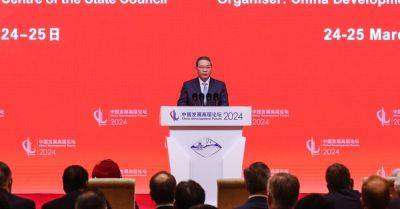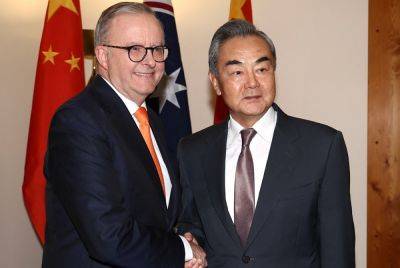Time for China to move past GDP growth targets
Sometimes, good news on China’s economy is actually bad news for the broader global economy and financial system. The reference here is to the suspense surrounding Beijing’s highly anticipated annual gross domestic product (GDP) target.
This market ritual is playing out again this week as the “Two Sessions” meetings as part the National People’s Congress that convenes and offers details – or at least smoke signals – on economic priorities heading into 2025.
None matters more in investment circles than Beijing’s GDP target. And that’s too bad, for it’s high time for China to stop issuing one altogether, particularly as President Xi Jinping faces perhaps the most challenging economic moment of his decade-plus leading the Communist Party.
“The real estate issue is still unresolved and China’s dependence on external demand will also encounter uncertainties due to the ongoing geopolitical tensions,” says Alicia Garcia Herrero, Asia Pacific chief economist at Natixis.
On Tuesday (March 5), Premier Li Qiang is widely expected to announce the roughly 5% growth target. The trouble with this annual GDP game, however, is that it weds China to an arbitrary goal that warps all financial incentives.
It’s very much at the root of the credit and debt excesses that have plagued China in the years since the 2008 global financial crisis and the nation’s epic stock crash in 2015.
Spread across Asia’s biggest economy are 34 province-level administrative divisions. Each is led by ambitious Communist Party members with designs on national office.
The quickest way for any apparatchik to get on Beijing’s radar screen is to turn in above-target economic growth year after year. This incentive structure helps explain why over the last decade-plus







